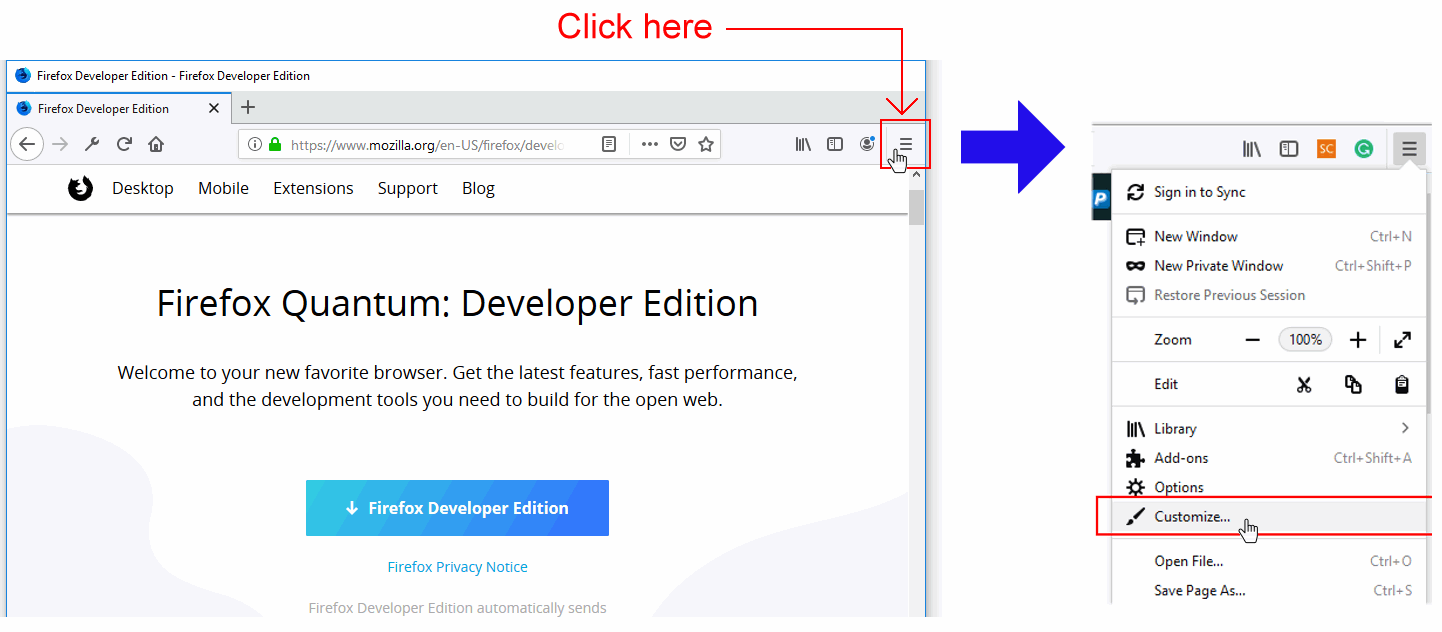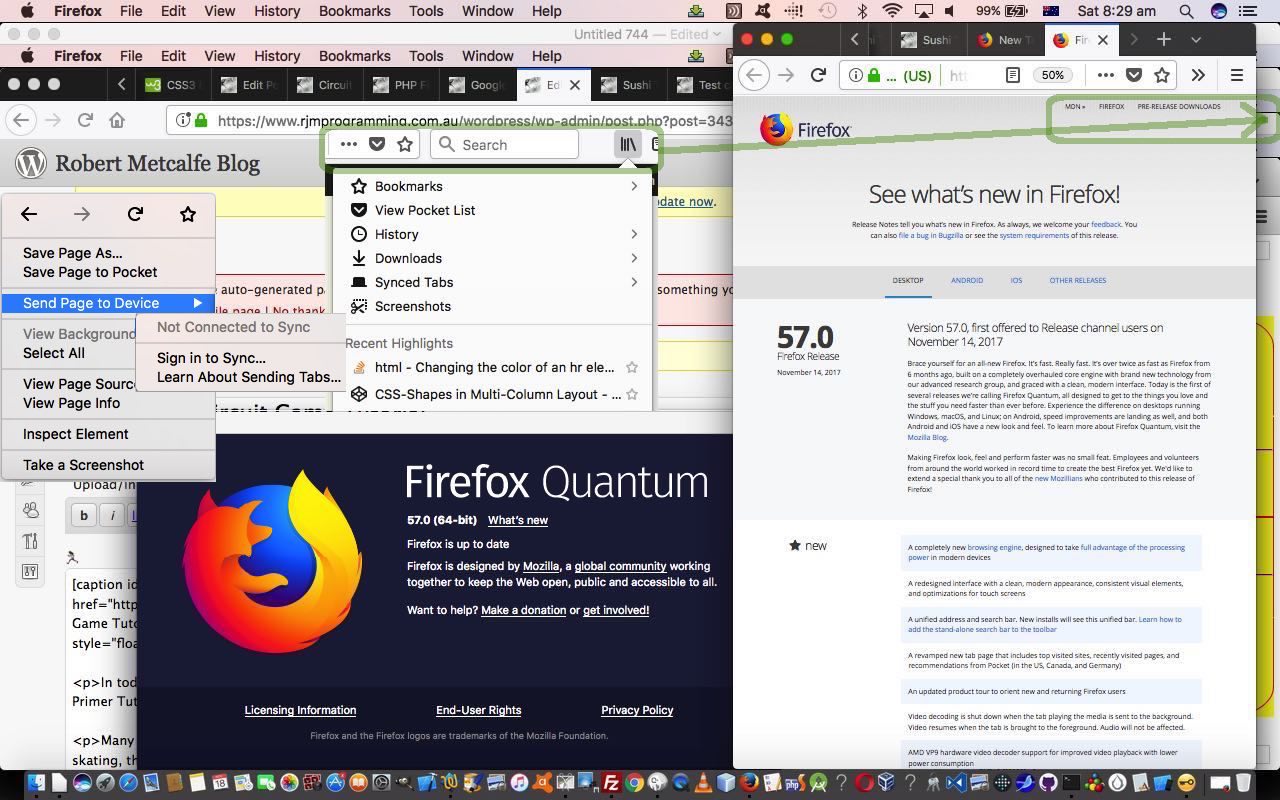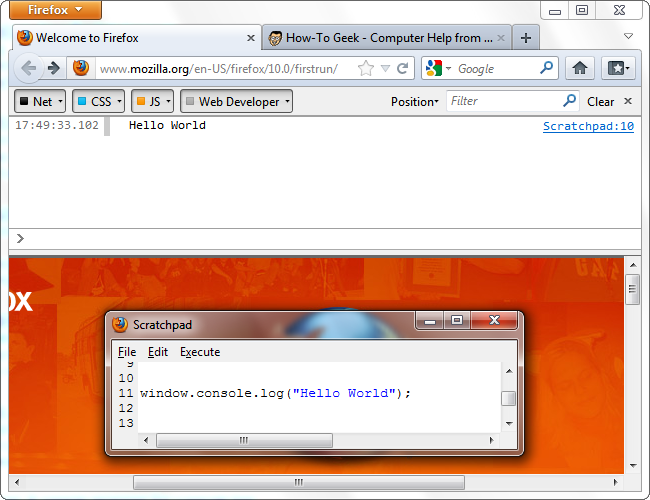
The rule that has the highest specificity wins. Then it sorts the declarations based on different columns. The CSS engine basically creates a spreadsheet. How does the CSS engine know which value to pick? Plus, the browser itself adds some default CSS (called user agent style sheets). Because multiple rules can match, there may be multiple declarations for the same property.

It knows about parent/child relationships between elements.

At this point, the DOM knows about the structure of the page. Parse the files into objects the browser can understand, including the DOM.To get from files to pixels, all of these rendering engines basically do the same things: The rendering engine takes the website’s HTML and CSS files and turns them into pixels on the screen.Įach browser has a rendering engine.

The CSS engine is part of the browser’s rendering engine.

Then we can look at how Quantum CSS makes it all faster. So even if it weren’t running in parallel, it would still be one fast CSS engine.īut what does the CSS engine do? First let’s look at the CSS engine and how it fits into the rest of the browser. On top of that, it combines existing state-of-the-art optimizations from other browsers. This means it can run up to 2 or 4 or even 18 times faster. It takes advantage of modern hardware, parallelizing the work across all of the cores in your machine. This new engine brings together state-of-the-art innovations from four different browsers to create a new super CSS engine. You can make sure that it’s turned on for you by going to about:config and setting to true. We’re making the changes in place, component by component, so that you can see the effects in Firefox as soon as each component is ready.Īnd the first major component from Servo-a new CSS engine called Quantum CSS (previously known as Stylo)-is now available for testing in our Nightly version. The project has been compared to replacing a jet engine while the jet is still in flight. We’re swapping in parts from our experimental browser, Servo, and making massive improvements to other parts of the engine. You may have heard of Project Quantum… it’s a major rewrite of Firefox’s internals to make Firefox fast.


 0 kommentar(er)
0 kommentar(er)
